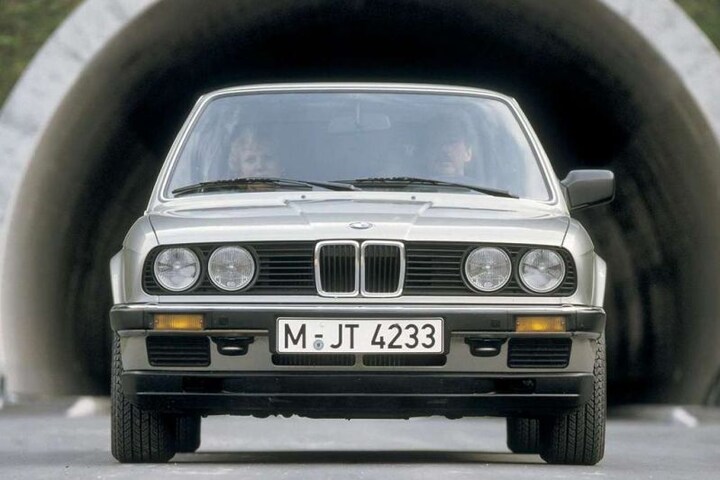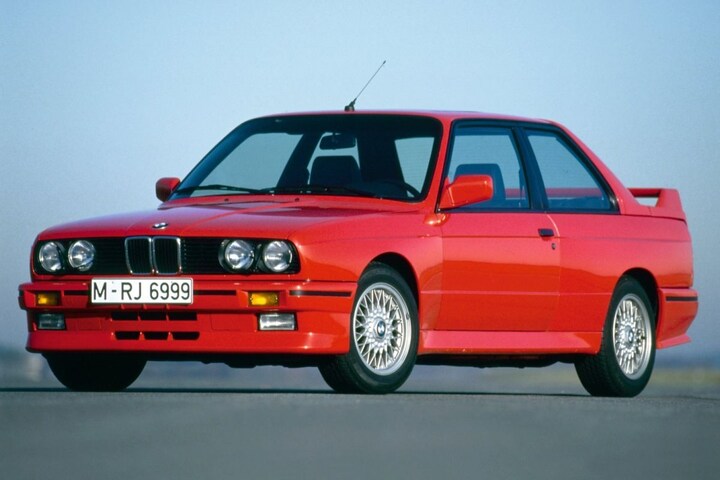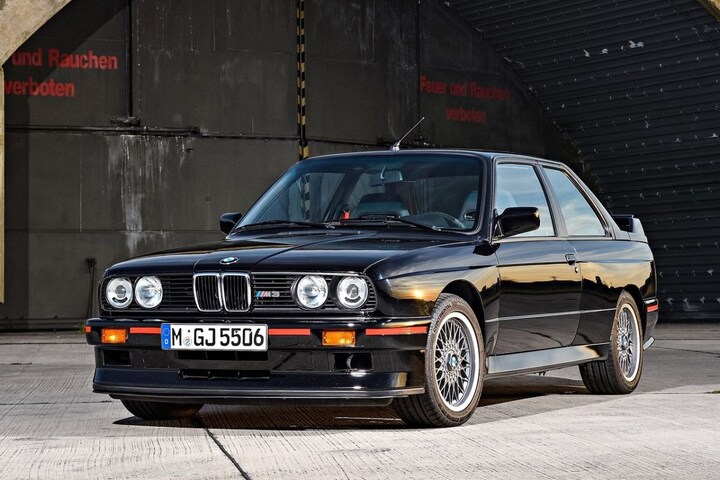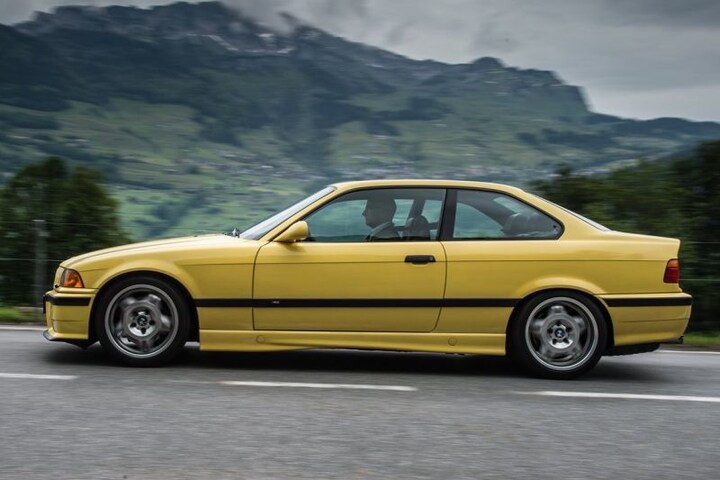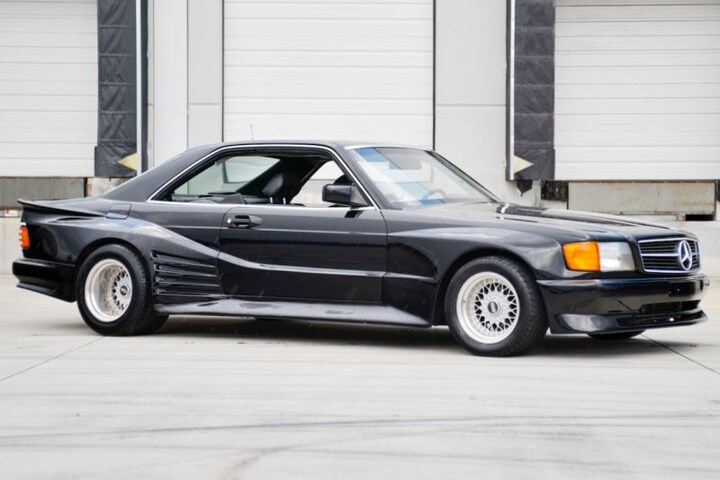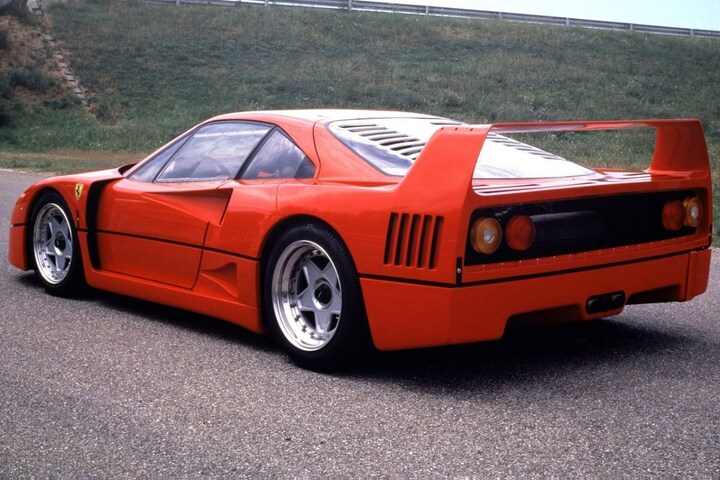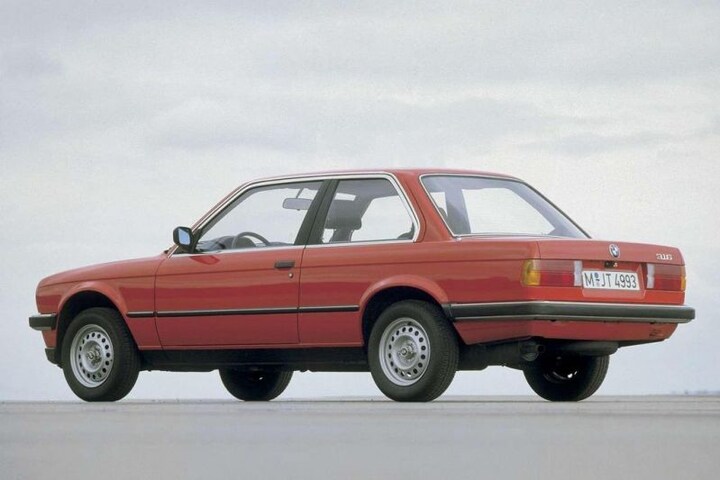Niels van Roij about cult sedan
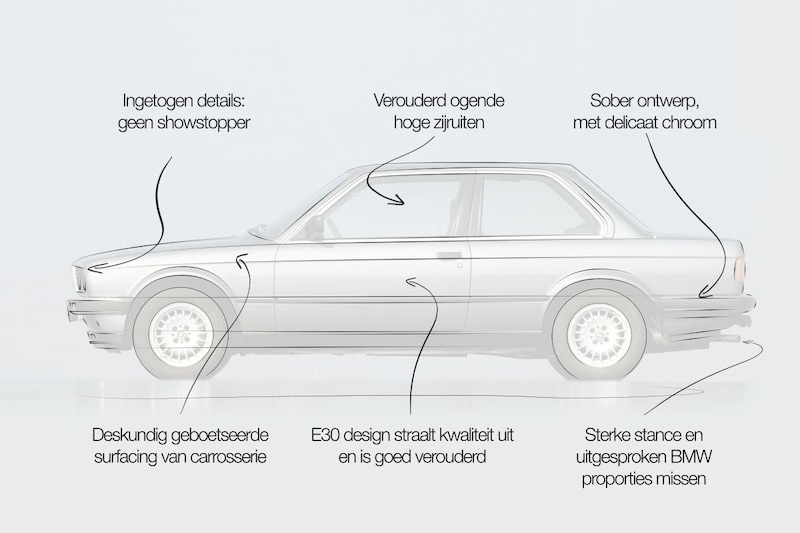
For car designers, the focus is always in the future. However, Niels van Roij will be looking in the rear-view mirror in the coming weeks. Today a BMW 3-series appears in it. The E30, the second generation of what has long been the entry-level model for the brand.
The E30 platform formed the bottom of the BMW portfolio in the 1980s. It succeeded the E21 in 1982, a car that was considerably more pronounced and athletic in design, with a sharknose and slender body.

BMW 3-series E21, only supplied as a two-door.
The 3 Series was the entry-level model from 1982 to 1991. After its unveiling in 1982, the two-door 3 Series was quickly joined by the somewhat clumsy-looking four-door sedan. Later, the E30 was also produced as a Touring and Convertible.

The first BMW 3-series convertible before the facelift.

A copy from after the facelift.
The E30 models produced from 1984 to 1987 can be recognized by the chrome bumpers. These were shortened in 1988 and replaced in 1989 by plastic ones stripped of chrome. The latter bumpers shifted the visual weight downwards. Seen from the front and rear, the 3 Series became more trapezoidal, which improved the stance.
The E30 was also the first 3 Series of which BMW Motorsport introduced a variant, the M3.
The M3 kept the small rear lights, which were replaced by larger ones in the 1987 facelift of the normal 3 Series.
In 1992 the replacement was ready, the BMW 3-series with factory code E36. That car was also more dynamic and more explicitly drawn with BMW proportions than the E30.
The 1980s were a decade of excess, after the years of doubt, instability and economic decline in the 1970s. The ostentation brought about by the booming economy of the 1980s was a logical consequence. This was reflected in music, culture, clothing and of course cars. This is how Porsche came up with the full-fat 930 Turbo. Although it was already presented in the 1970s, with its voluptuous hips and cake server it already heralded the trend for the following decade. The Lotus Esprit also became more and more intense as a Turbo with increasingly larger spoilers over the years.

Porsche 911 Turbo, the 930.

Thus began the Lotus Esprit Turbo. The exuberance would increase over the years.
Mercedes-Benz certainly couldn’t compete with the SEC, the coupé based on the S-class, generation W126.
And the SEC also formed a rewarding basis for very flashy tuning.
And of course the radical Testarossa and F40 were brought in from Italy. Especially for people who really wanted to show that they were doing well:
In that sense, it was surprising that one of the quintessential yuppie cars of the 80s was a rather stripped-down and plain-looking creation.
With its angular outline, somewhat outdated-looking high side windows and subdued details, the E30 was anything but a showstopper. Especially when compared to its then very advanced competitor, the Mercedes-Benz 190.
In a positive sense, it could be said that the E30 was a sober piece of automotive design with delicately applied chrome elements and expertly sculpted surfacing, but the design cannot be called very striking. The E30 design lacks a strong stance and good, BMW-worthy proportions: it Freude am Fahren-After all, principle must be expressed in form.
Later in its life the E30 got a little more flair. With the latest facelift, the sobriety became subtle class and the pragmatism became preserved elegance. As a Touring and Cabriolet, the small BMW was unparalleled. Literally: those cars had no competition in their class. The design of the E30 also radiated quality through the balanced surfaces and the design has aged well. However, this 3 Series will never be seen as a major step within the BMW design ranks, although the terrible status quo of BMW design obviously cannot stand in the E30’s shadow.
– Thanks for information from Autoweek.nl
